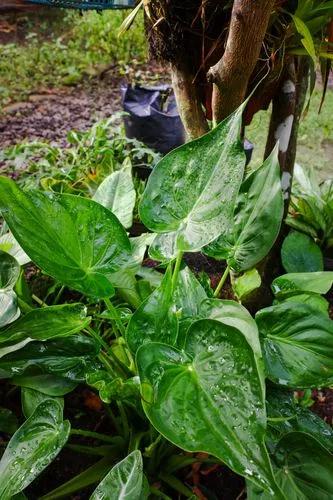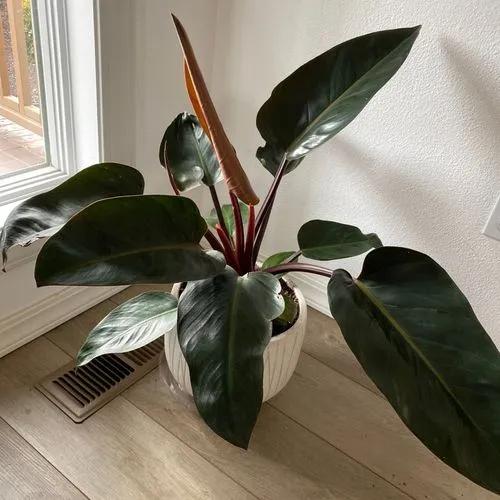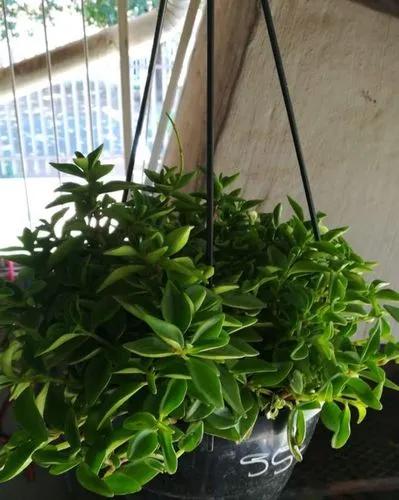Rhaphidophora Korthalsii, syn Rhaphidophora celatocaulis is a beautiful rare shingling climber with blue-green heart shaped leaves that change dramatically when mature. Rhaphidophora Korthalsii thrives in a well lit room with no direct sun light and high humidity.
Shingle Plant Care
Rhaphidophora Celatocaulis



How to Care for the Plant

Water

Water shingle plant as the top two or three inches of the potting mix starts to dry to the touch. Take care not to overwater. If it stays wet for extended periods, its root may suffocate and rot.

Pruning

You don’t typically need to do any pruning to your shingle plant.

Fertilizer

If you wish, feed your shingle plant in spring and summer. You can use any general-purpose fertilizer labeled for use on houseplants. Follow the instructions on the fertilizer packaging. Never apply more product than the instructions recommend. Excess fertilization can cause root damage.

Sunlight

These plants usually like 70 to 85% bright indirect light. Howbeit, they can beautifully tolerate low light conditions.

Soil

These plants need moist, well-draining, and rich soil. For indoor potting, you can use an aroid mixture.

Temperature

The shingle plant loves the warmth and hates the cold! It is native to Australia, so you can imagine it prefers warmer temperatures year round. Anything below or above 60 to 78 degrees Fahrenheit will stunt its growth and possibly kill it.

Additional

Just like other members of the Rhaphidophora genus, this long-growing vine is also toxic. The ingestion and chewing can lead to swelling of the mouth and other health issues including contact dermatitis. So, we always recommend keeping your kids and pets away from the plant.
Shingling is when a climbing plant's leaves grow flat, pressed flat against the tree or trellis, rather than growing outward or fanning. They are also epiphytic, which means it must grow on a supporting tree or plant, from which it will derive some of its nutrients from.
Popularity

74 people already have this plant 16 people have added this plant to their wishlists
Discover more plants with the list below
Popular articles






